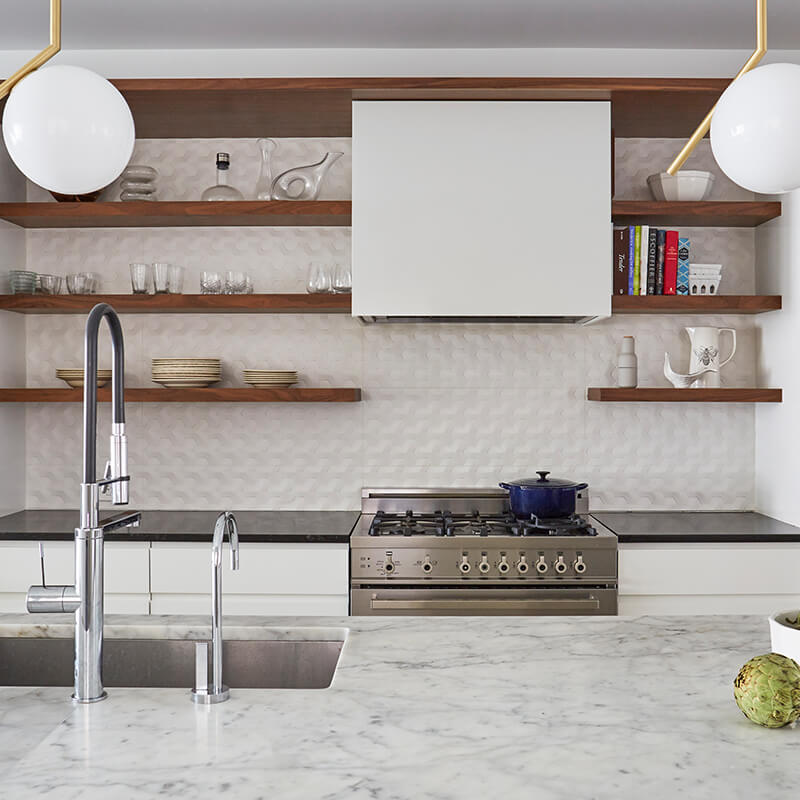
Buying a house is like playing a sport. You’ll need to know the rules and get in shape before hitting the field or court. It is a significant commitment of both time and money. We’ve come up with five steps to help you assess your priorities and give you the confidence to get you started on the home buying process.
Step 1: Set Your Goals and Priorities
First step is asking yourself why you want to move. Is your family expanding? Do you need access to better schools? Are you tired of renting and want to start building equity for your future? Many financial experts suggest choosing a house that will meet you and/or your family’s needs for at least the next five to seven years. Affordability should be the number one thing to look for in a home, but it’s also best to know how long you plan to live there.
Step 2: Determine Your Budget
Have you heard of the “28/36 Rule”? This rule states that you should spend no more than 28% of your gross monthly income on housing expenses such as mortgage, taxes, and insurance. A maximum of 36% of your gross monthly income should be spent on your total debt obligations which includes the housing expenses PLUS any other debt obligations, like car loans, student loans credit card debt, etc. The 28/36 rule is only a rough guideline. Getting a pre-approval for a mortgage can provide you with a more accurate idea of how much you can borrow. We recommend contacting a mortgage lender or mortgage broker before you start shopping for a home.
Step 3: Choose a Location
Choosing the right home for you and your family is a big decision and selecting the right location is as important as the house itself as where you live affects aspects of your daily life. Ask yourself, do you prefer an urban or suburban setting? How long of a commute are you willing to make between home and work? What factors are essential to your lifestyle? Do you have a preference on school districts? Choosing the right neighborhood can raise the value of your home when it comes time to sell. We recommend contacting a real estate agent who knows the local market and can provide you with the tools you need to do your research.
Step 4: Decide Which Features You Want and Need in a Home
Create a list starting with your basic requirements such as ideal number of bedrooms and bathrooms, single-family, condo or townhome, number of parking spots, and backyard/outdoor space. What features do you want in your home? Some buyers will sacrifice a finished basement for an updated kitchen. Think carefully about your lifestyle and what will enhance it. Compromising “what you want vs what you need” can be a tough decision. Prioritizing your list can provide the clarity you need.
Step 5: Meet with a Real Estate Agent
It’s never too early to contact a real estate agent. Your agent can set up a customized home search for you and they have access to listings before they hit the market. Your agent can pull market statistics for your desired neighborhood(s) to provide you with pricing data and market trends. They can provide you with mortgage lender referrals. An excellent agent can remove much of the stress and uncertainty that buyers experience during the home buying process by assisting you every step of the way.
We Can Help
If you’re thinking about buying, we would love an opportunity to answer any of your questions. Contact us today to help you achieve your real estate goals.
